According to The American Podiatric Medical Association, ‘42% of women admit that they would wear a shoe they liked even if it gave them discomfort, 73% admit to already having a shoe-related foot issue.’ Sadly, this statistic is not surprising as the majority of women do not know the negative impacts of their daily footwear.
Different Footwear Styles: What Is Causing Strain?
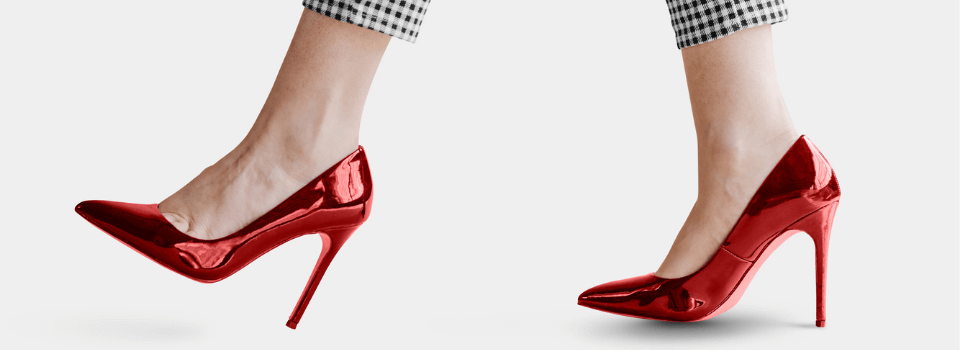
For decades high heels have been the staple footwear style for women which has only resulted in decades of unnecessary foot pain. Whilst it is not totally wrong to wear heels, it is recommended that you don’t, especially for such long periods of time. When wearing heels, your foot is in the plantar flexed position. This position is unnatural for your foot alignment and as your muscles are stretched you begin to feel pain.
According to Healthline: ‘An injury to any of the muscles that support plantar flexion can limit your ability to flex your foot or stand on tiptoe. Ankle injuries, including sprains and fractures, are one of the most common causes of plantar flexion problems.’ It is important to remember that other parts of your body can be injured due to your choice of footwear, especially areas such as your ankles, legs and lower back.
Pointed Toes
Footwear with a pointed toe design can cause many problems. When wearing the shoe, your toes are confined to a small space, similar to high heels the positioning then creates an unnatural alignment. This is backed by Piedmont who says ‘The awkward positioning of your toes can also cause them to contract and eventually curl under permanently, a condition known as hammertoe.’ As well as Hammertoe occurring, these shoes also increase the likeliness of developing Bunions. If left untreated Bunions can then lead to problems such as arthritis and ingrown toenails.
Flats and Flip Flops
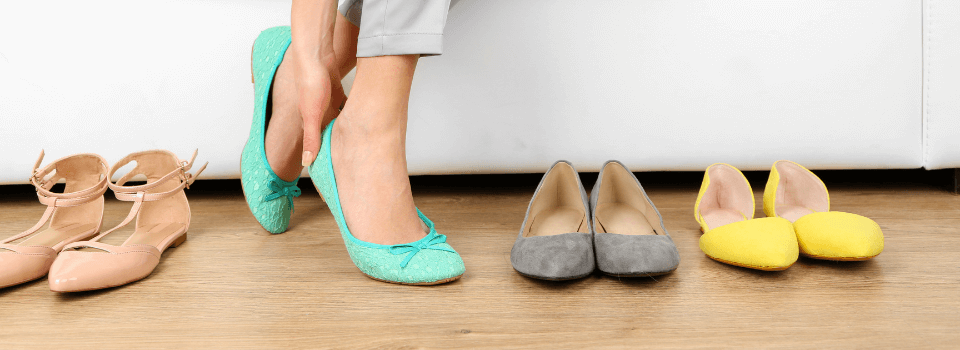
These styles of shoe can cause a lot of pain as they lack a very important feature, arch support. Arch supports help to distribute pressure when standing and walking. Without the correct support, your feet are put under pressure because of your body weight, this then causing pain in sensitive areas of the foot like the ball, heel and arch.
Cincinnati Foot and Ankle Care recommends using supports because ‘Arch supports serve as extra cushions for the plantar fascia, providing elevation and shape for the foot as you walk and run.’ Flat shoes may be seen as a comfortable solution compared to high heels however it is suggested not to wear them too often in order to prevent these conditions from occurring.
Alternate Styles Better Suited For Support
Ankle Boots
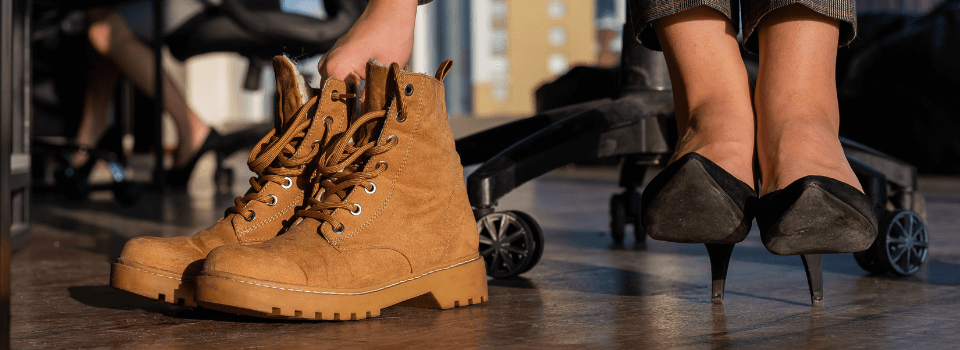
Ankle Boots are a style which can be worn all year round. Often made with extra space around the toes, boots are less likely to cause problems like hammertoe and bunions. As well as this, they will support the wearer’s ankle, whilst looking after your feet is a priority it is also important to remember that ankles need to be cared for as they too take a lot of pressure whilst walking.
Wedges
Wedged heels are a great alternative to traditional high heels. With weight pressure evenly distributed across the Wedged heel provide the wearer with complete support, with this stability and comfort are both improved, and you won’t be left with painful feet after walking. This is supported by Dr. James Amis who speaks about the benefits of wedges rather than heels, in the SheFinds article he says ‘Wedges can actually relax the gastrocnemius (or calf muscle) a bit, which in turn reduces the linked tension on the plantar fascia. In most cases, my patients will experience short-term pain relief for their foot and/or ankle ailments when wearing a wedge shoe compared to high heels.’
Trainers
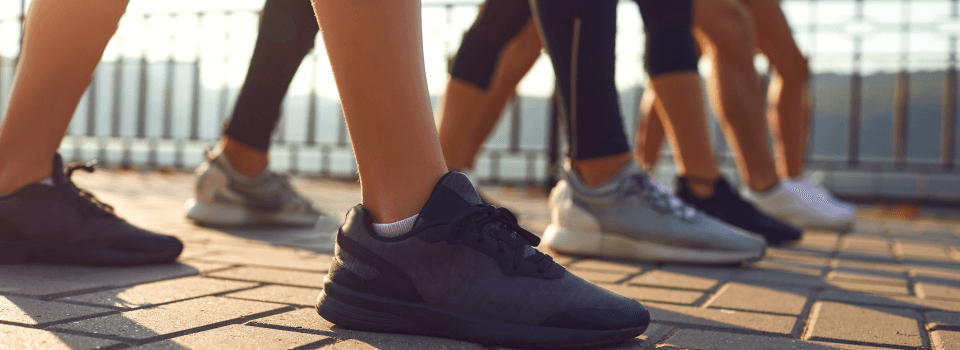
With people increasingly seeking comfort, trainers have become the most purchased shoe style in the world. Trainers are a reliable are made with the intention of protecting the users’ feet from injury whilst exercising. The tip of a trainer is also often wider to allow help increase stability and movability. Other features often included are arch support and heel cushioning, trainers are constructed in this way in order to minimise pressure on the feet whilst walking.

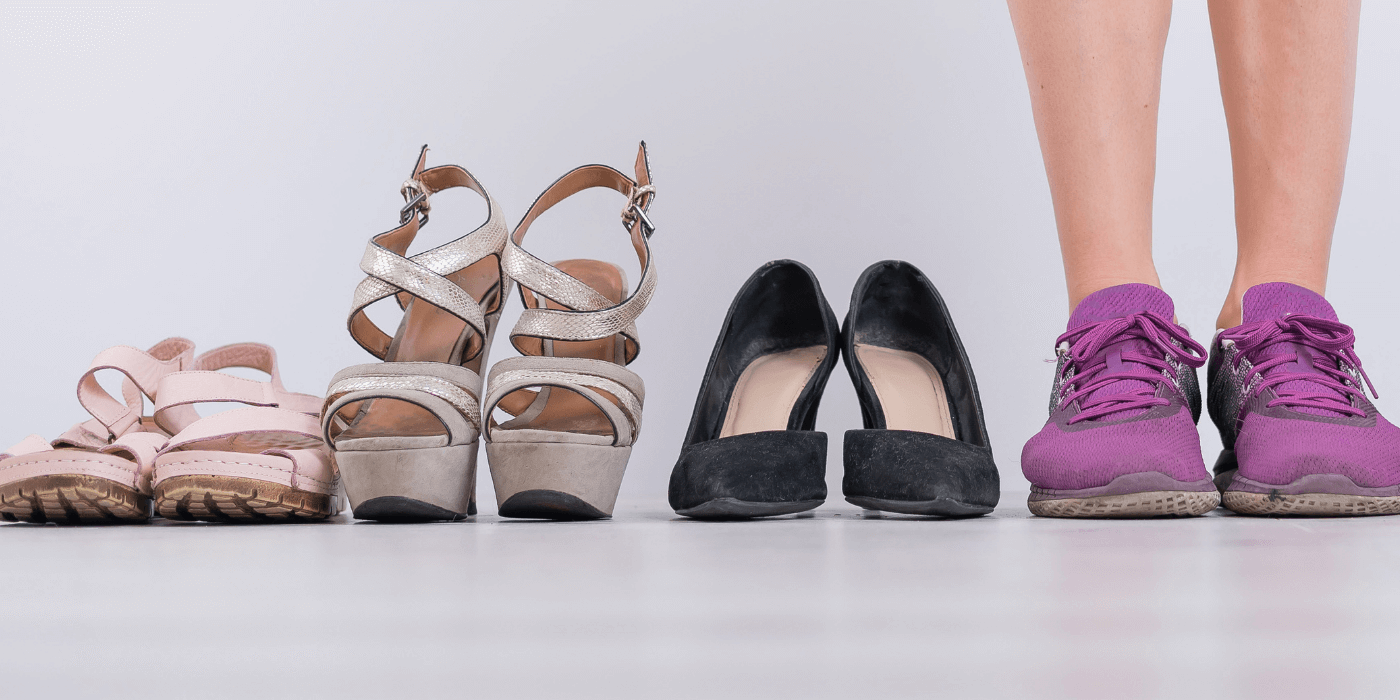


1 Comment